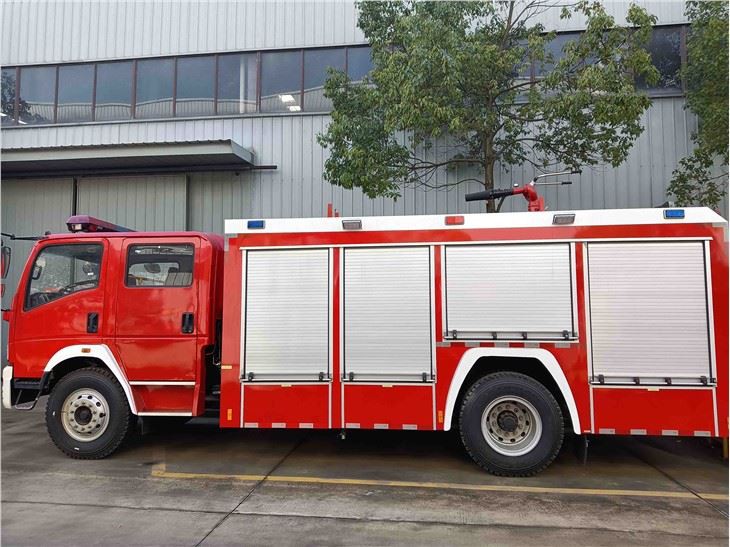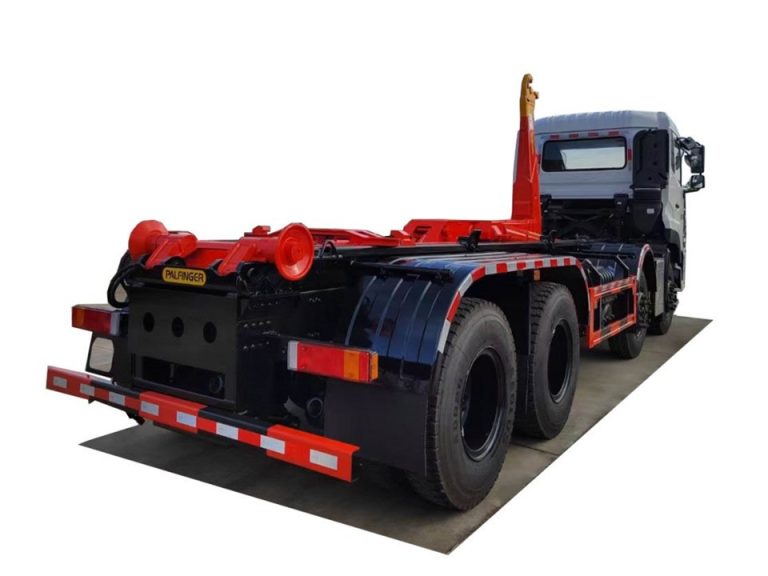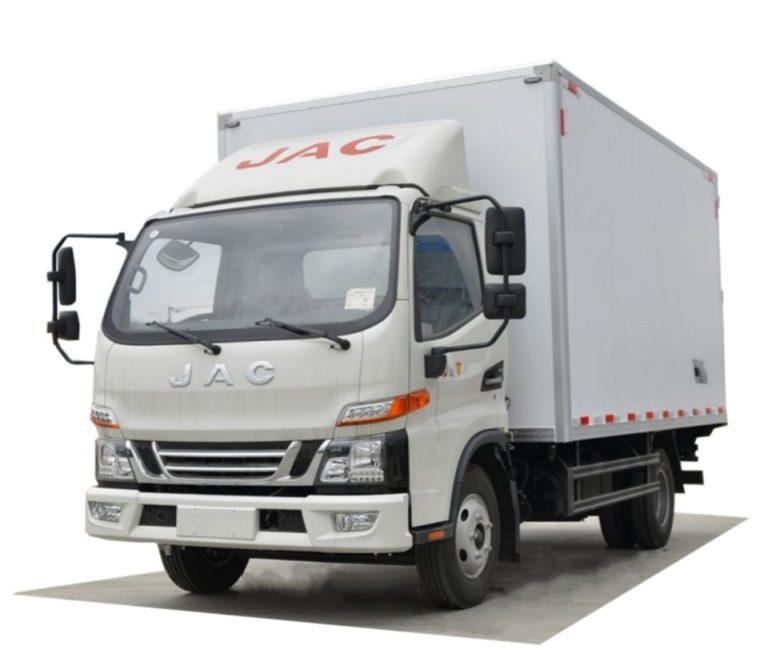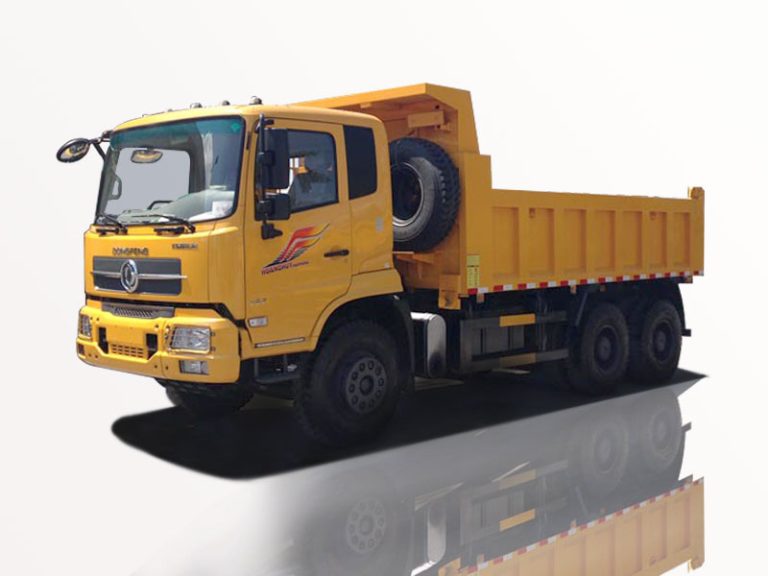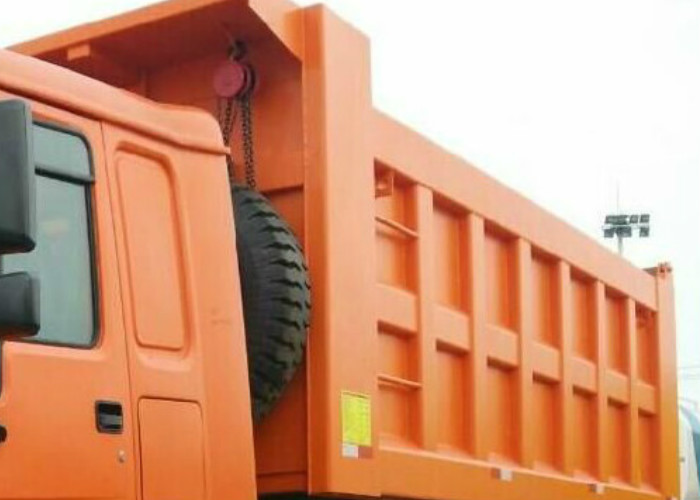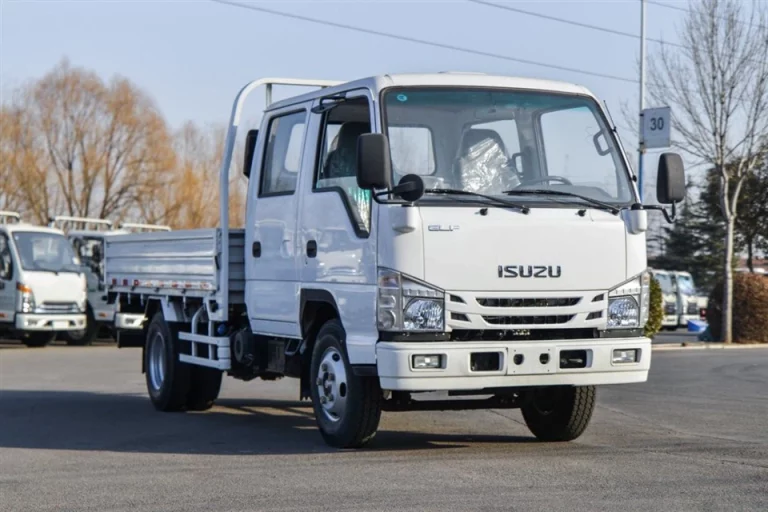For long-haul truck drivers, the sleeper cabin is not just a place to rest; it’s a second home on the road. Understanding the different features, benefits, and types of truck sleeper cabins can make a significant difference in the quality of life for drivers. In this comprehensive article, we will explore everything you need to know about truck sleeper cabins, including their design, amenities, maintenance, and more.
What Are Truck Sleeper Cabins?
Truck sleeper cabins, also known as sleeper cabs, are the section of a truck designed for long-haul drivers to sleep and relax while on the road. These cabins are equipped with sleeping quarters, storage, and amenities that vary significantly from truck to truck. Funky designs and layouts allow for comfort and functionality, making travel over long distances manageable.
Types of Truck Sleeper Cabins
Conventional Sleeper Cabins
Conventional sleeper cabins are typically attached to larger, heavy-duty trucks. They offer spacious sleeping areas, often with a length of around 60 to 70 inches. They are perfect for those who prioritize comfort and space.
Mid-Roof Sleeper Cabins
Mid-roof sleeper cabins are positioned lower than conventional ones, making them more aerodynamic. They are designed for drivers who want to save fuel while still having adequate sleeping space.
Flat-Top Sleeper Cabins
Flat-top sleeper cabins feature a flat roof design, maximizing storage capabilities on top. This type is commonly preferred for drivers who also require extra cargo capacity along with their sleeping quarters.
Low-Roof Sleeper Cabins
Low-roof sleeper cabins are designed to be more compact. They provide basic sleeping quarters but are not as spacious as other types. Ideal for local trips where drivers do not require an extensive amount of rest time.
Key Features of Truck Sleeper Cabins
Sleeping Arrangements
Most sleeper cabins feature a mattress and bedding that provide comfort during rest periods. Some trucks have options for dual bunks, allowing for an additional sleeping space.
Storage Solutions
Storage is crucial in a truck sleeper cabin. Most models come with under-bed storage or cabinets to store personal items, equipment, and supplies during long trips.
Table: Common Storage Solutions
| Storage Type | Overview |
|---|---|
| Under-Bed Storage | Space under the mattress for bags and equipment. |
| Cabinets | Wall-mounted cabinets for easy access to items. |
| Closet Space | Hanging storage for clothes and personal items. |
Climate Control
Comfort is key in a sleeper cabin, and climate control is essential. Many cabins come equipped with air conditioning and heating options for year-round comfort.
Technology and Entertainment
Modern truck sleeper cabins often include technology features such as touch screens, Bluetooth connectivity, and entertainment systems. Drivers can stay connected or unwind with movies and music during downtime.
Hygiene Facilities
Some advanced truck sleeper cabins offer integrated bathroom facilities, including a small shower and toilet, enhancing the quality of life on the road.
Choosing the Right Truck Sleeper Cabin
Assessing Your Needs
The choice of sleeper cabin greatly depends on individual needs. Consider how often you will be on the road and the length of your trips. If you are a long-haul driver, investing in a larger, more comfortable cabin would be wise.
Budget Considerations
Prices for truck sleeper cabins can vary widely based on features and brands. It’s essential to set a budget that aligns with your requirements while considering long-term value.
Brand Comparisons
Popular truck brands like Freightliner, Kenworth, and Peterbilt have a range of sleeper cabin options. Comparing their features, warranty terms, and after-sales services can help you make an informed decision.
Maintenance Tips for Truck Sleeper Cabins
Regular Cleaning
Keep your sleeper cabin clean by regularly vacuuming and wiping down surfaces. This will help maintain hygiene and increase comfort during long trips.
Inspect the Mattress
Check the mattress for wear and tear. A comfortable mattress is essential for a good night’s sleep, and replacing it when needed is crucial.
Climate Control Checks
Ensure air conditioning and heating systems function properly. Regular checks can prevent uncomfortable situations during extreme weather conditions.
Inspect Electrical Systems
Since modern sleeper cabins come with technology features, checking the electrical systems and batteries for performance is important to avoid unexpected downtime.
Practical Examples of Truck Sleeper Cabins
Freightliner Cascadia
The Freightliner Cascadia is known for its spacious sleeper cabin with advanced technology features. With options for mid-roof and raised-roof configurations, drivers can choose based on their needs.
Kenworth T680
The Kenworth T680 has a well-designed sleeper cabin that offers impressive aerodynamics and fuel efficiency, along with a variety of technological comforts.
Peterbilt 579
Peterbilt 579 is recognized for luxury and comfort, featuring a spacious sleeper cabin with a range of custom options tailored to the driver’s lifestyle.
Future Trends in Truck Sleeper Cabins
Innovative Materials
Future sleeper cabins may use lightweight materials that boost fuel efficiency while maintaining durability and comfort.
Smart Technology Integration
As technology advances, expect more smart features integrated into sleeper cabins, such as energy-efficient climate control systems and more advanced entertainment setups.
Focus on Sustainability
With growing emphasis on sustainability, manufacturers may innovate in ways that reduce the environmental impact of trucking, including eco-friendly materials and energy-efficient designs.
FAQs
What is the average size of a truck sleeper cabin?
The average size of a truck sleeper cabin can vary, but typically they range from 60 inches to over 80 inches in length, allowing for one or two sleeping areas.
How do I maintain the air conditioning in a sleeper cabin?
Regularly clean the filters, check for refrigerant levels, and ensure that the system is functioning before each trip. Schedule professional maintenance as needed.
Can I customize my truck sleeper cabin?
Yes, many truck manufacturers offer customization options for sleeper cabins, including layout, amenities, and technological features to suit your personal preferences.
What are some essential items to keep in a truck sleeper cabin?
Essential items include bedding, a first-aid kit, snacks, cleaning supplies, technology chargers, and personal hygiene products.
Are sleeper cabins equipped with safety features?
Many sleeper cabins include safety features such as built-in alarm systems, secure storage for valuables, and enhanced visibility lighting.
How often should I replace the mattress in a sleeper cabin?
It’s advisable to replace the mattress every 3-5 years, or sooner if you notice significant wear, as comfort directly affects sleep quality.
